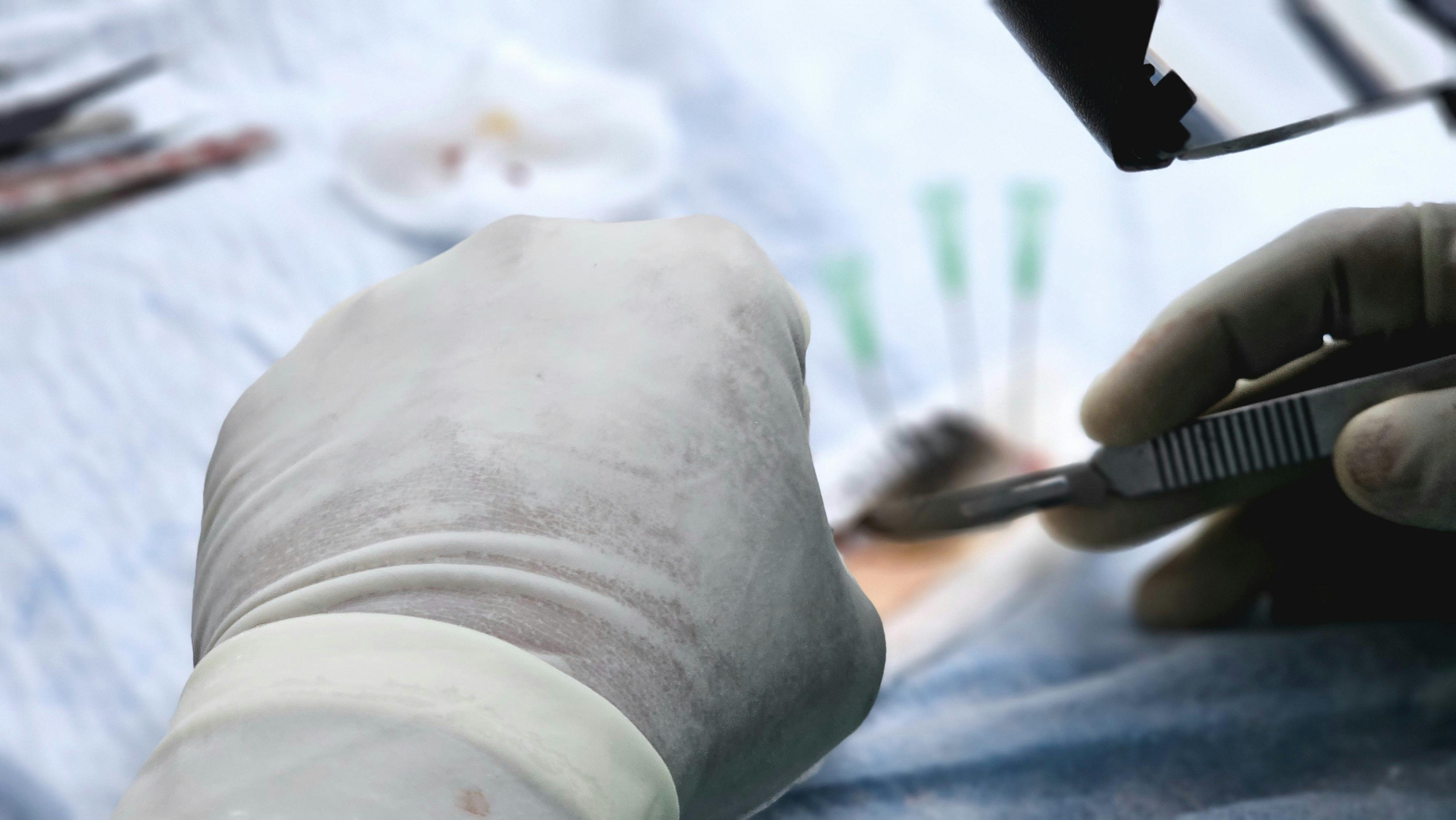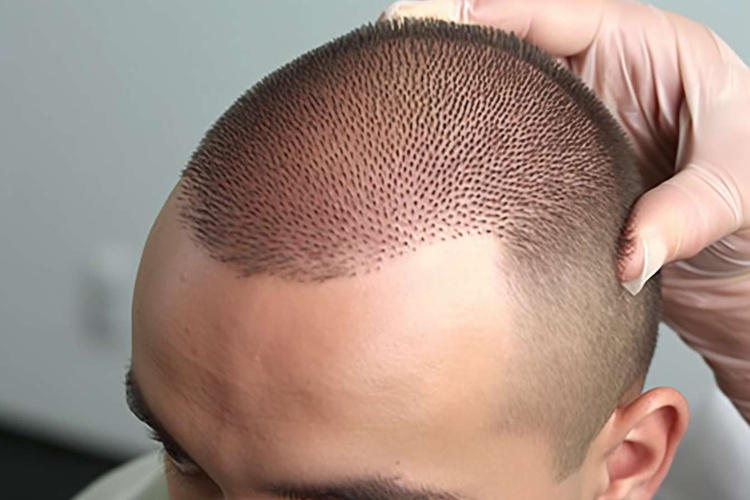Unveiling the Science and Art behind Hair Transplantation
Hair loss, a condition known as alopecia, has been a perennial concern for both men and women, impacting their self-esteem and confidence. The quest for an effective solution has given rise to numerous treatments and techniques, including hair transplantation. This procedure, once considered a last resort, has evolved remarkably over the years, thanks to technological advancements and deeper insights into the biology of hair growth. Today, hair transplantation stands as a testament to the convergence of science and artistry in the realm of skincare and haircare.

Delving into the Past: The Genesis of Hair Transplantation
The concept of hair transplantation dates back to the 1930s, when Japanese dermatologist Dr. Okuda started using grafts from the scalp to restore eyebrows and eyelashes. However, the procedure gained recognition in the 1950s, when New York dermatologist Dr. Norman Orentreich pioneered the technique of transplanting hair from the back of the head to the balding areas. His work laid the foundation for modern hair transplantation and sparked a wave of research and development in this field.
The Evolution of Techniques: From Punch Grafts to Follicular Units
Over the decades, hair transplantation has evolved considerably. The early techniques involved transplanting large grafts, known as punch grafts, which often resulted in an unnatural, ‘pluggy’ appearance. As our understanding of hair growth patterns improved, surgeons began using smaller grafts, which provided more natural-looking results.
The major breakthrough came in the form of Follicular Unit Transplantation (FUT) and Follicular Unit Extraction (FUE), which involve transplanting individual hair follicles or groups of follicles, ensuring a more seamless integration with the existing hair. These techniques have brought about a paradigm shift in hair transplantation, making the procedure more refined, less invasive, and more successful.
The Fusion of Science and Art: Key to Successful Hair Transplantation
The success of hair transplantation lies in the perfect blend of scientific understanding and artistic sensibility. The science comes into play in understanding the biology of hair growth, selecting the right donor area, and ensuring the survival of transplanted follicles.
On the other hand, the artistry lies in designing a natural-looking hairline and distributing the grafts in a way that mimics natural hair growth patterns. This aspect of the procedure is often overlooked but is crucial in achieving a result that is not only successful but also aesthetically pleasing.
The Impact and Reception: Changing Lives, Changing Perceptions
Hair transplantation has come a long way from being stigmatized as a desperate measure to being recognized as a mainstream procedure. The advancements in technology and techniques have significantly improved the success rates, making it a viable option for many. Testimonials from successful hair transplant patients reveal that the procedure can have a profound impact on their self-esteem and overall quality of life.
Moreover, the transparency and openness about undergoing hair transplantation, especially by celebrities, have helped in dispelling myths and altering perceptions about the procedure. Today, hair transplantation is viewed as a practical solution for hair loss, rather than a vanity project.
Looking Forward: The Future of Hair Transplantation
The future of hair transplantation looks promising, with research focused on improving the existing techniques and exploring new frontiers. One such area of interest is the use of stem cells in hair transplantation. The idea is to use the patient’s own stem cells to generate new hair follicles, potentially providing an unlimited supply of donor hair.
Another exciting prospect is the use of 3D bioprinting to create artificial hair follicles. This technology could revolutionize the field of hair transplantation, making the procedure even more accessible and successful.
In conclusion, hair transplantation has evolved from a rudimentary procedure to a sophisticated blend of science and art. It has not only provided an effective solution for hair loss but also reshaped our perceptions about the condition and its treatment. As we move forward, we can expect even greater advancements, bringing us closer to our ultimate goal – a world free from the distress of hair loss.




